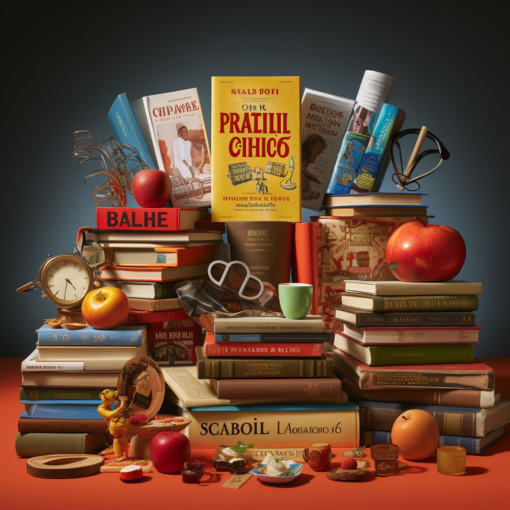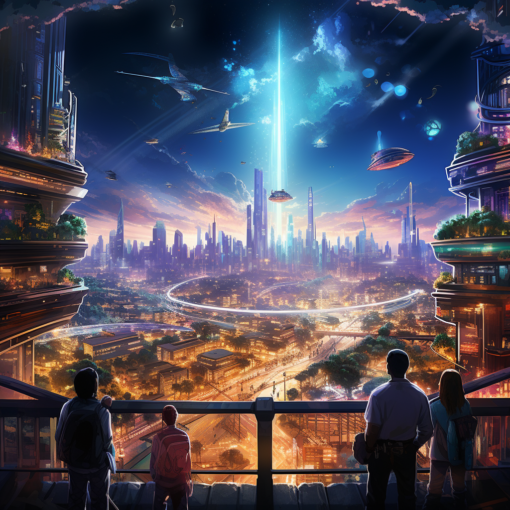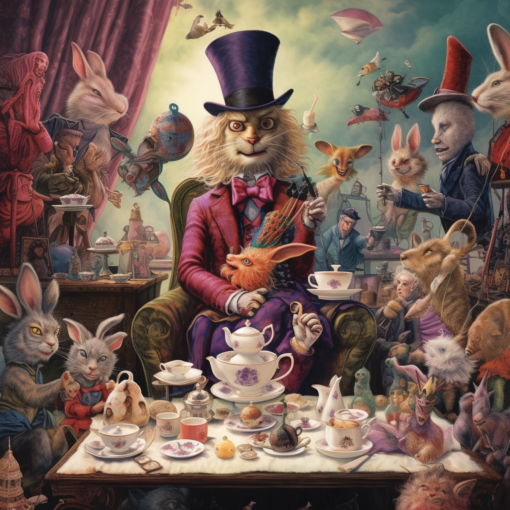Greetings, dear reader. Today, I invite you to join me on a journey of discovery into a realm where the mundane meets the magical, the commonplace is intertwined with the uncanny, and reality is infused with a touch of the supernatural. This is the captivating world of magical realism, a literary genre that blurs the line between fact and fantasy, offering readers a unique lens through which to view the world.
Magical realism is a genre that is often misunderstood and somewhat difficult to define. It is not fantasy, though it borrows elements from that realm. It is not purely reality, although it is firmly rooted in our everyday world. Instead, magical realism is a delicate dance between the two, a genre that presents the extraordinary as ordinary and the ordinary as extraordinary. The ‘magical’ is not a break from the ‘real’; instead, it is seamlessly integrated into the fabric of reality, challenging our perceptions of the world around us.
In the realm of magical realism, one might find a village where the dead walk amongst the living, not as ghosts or apparitions, but as part of the community, like Gabriel Garcia Marquez’s enchanting ‘One Hundred Years of Solitude’. Or perhaps, a city where time stands still, and the inhabitants never age, like in Salman Rushdie’s captivating ‘Midnight’s Children’. These are worlds that are recognizable, yet imbued with an element of the fantastical that challenges our understanding of reality.
The beauty of magical realism lies in its ability to make us question the nature of our reality. By infusing everyday life with elements of the supernatural, it suggests that our world is not as mundane as we might believe. It encourages us to look beyond the surface, to see the magic that resides in the ordinary, and to question the boundaries we place around what we consider ‘real’.
One of the most enthralling aspects of magical realism is its ability to address complex social and political issues through its fantastical elements. In Marquez’s ‘One Hundred Years of Solitude’, for instance, the fantastical town of Macondo serves as a metaphor for the cyclical nature of history and the human tendency to repeat past mistakes. Similarly, in Toni Morrison’s ‘Beloved’, the haunting figure of a dead child serves as a powerful symbol of the lasting trauma of slavery.
In essence, magical realism serves as a bridge, connecting the world of the real with the world of the fantastical. It invites us to reconsider our perceptions of reality, to question the boundaries of the possible, and to embrace the magic that lies just beneath the surface of our everyday world.
So, my dear reader, as we part ways for now, I encourage you to delve into the enchanting realm of magical realism. You may find that reality is far more magical than you ever imagined.
Until our next literary adventure, Percival.

- “Exploring the Genre of Magical Realism”: MasterClass offers a comprehensive guide to understanding magical realism, its characteristics, and notable works in the genre.
- “Magical Realism: Definition, Authors & Books”: Britannica gives an in-depth overview of magical realism, its historical context, and its prominent authors.
- “Gabriel García Márquez and Magic Realism”: The Guardian dives into the life and works of Gabriel García Márquez, one of the most famous practitioners of magical realism.





8 thoughts on “The Enchanting Realm of Magical Realism: Blurring the Line Between Fact and Fantasy”
Thanks for sharing. I read many of your blog posts, cool, your blog is very good.
Can you be more specific about the content of your article? After reading it, I still have some doubts. Hope you can help me.
Can you be more specific about the content of your article? After reading it, I still have some doubts. Hope you can help me.
Can you be more specific about the content of your article? After reading it, I still have some doubts. Hope you can help me.
Thanks for sharing. I read many of your blog posts, cool, your blog is very good.
Thank you for your sharing. I am worried that I lack creative ideas. It is your article that makes me full of hope. Thank you. But, I have a question, can you help me?
Thank you for your sharing. I am worried that I lack creative ideas. It is your article that makes me full of hope. Thank you. But, I have a question, can you help me?
Your article helped me a lot, is there any more related content? Thanks!